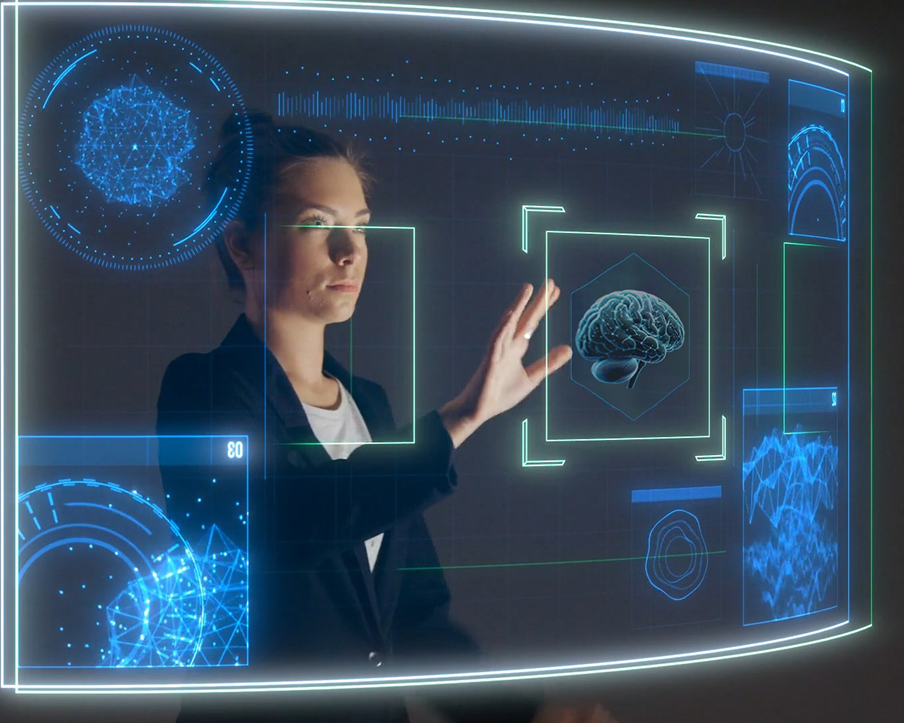How 3D Simulation Learning Transformed a Brain Anatomy Course
Explore how TrainIKU created an interactive 3D simulation learning environment for a brain anatomy course.

Explore how TrainIKU created an interactive 3D simulation learning environment for a brain anatomy course.
Medical course materials are challenging, especially brain anatomy courses. Understanding the human brain is among the most complex challenges in medical education. Our client wanted to make neuroanatomical data more accessible using an interactive neuroscience eLearning framework.
The 3D simulation learning environment allows learners to closely explore anatomical regions such as the thalamus and dopaminergic nuclei with detailed spatial precision. It’s designed for use in both academic instruction and research training, bringing the brain’s structure to life through an intuitive, manipulable user interface.

Our TrainIKU team developed a high-fidelity 3D simulation learning tool. This tool incorporates functional magnetic resonance imaging (fMRI) and microscopy inputs provided by a European neuroscience institution.
Unlike traditional 2D visuals, this interactive format supports diverse learning styles. This simulation facilitates rotation, dissection, and layered exploration of key microstructures of the human brain. We leveraged the best practices from cognitive learning theories in the tool’s design. This effective combination of theory and visual memory helps to reinforce anatomical understanding.
We converted dense, technical imaging data into a user-friendly educational tool; the simulation enhances accessibility and learning retention. It serves as a rigorous, engaging resource that reflects how modern learners absorb complex information — visually, interactively, and on demand.
Neuroscience eLearning offers insights into comprehension and learning, which leads to more engaging and effective online learning experiences. We applied brain-based learning principles (such as personalization, spaced repetition, and active learning) in our client’s simulation tool. These principles promote engagement, knowledge retention, and skills acquisition and improvement.
This innovative 3D simulation learning tool delivered significant results for our client:
Our TrainIKU team creates custom training content using 3D simulation learning and other technology-based tools. Such training modules promote learner engagement and provide measurable outcomes that drive your organization’s growth.
Are you interested in transforming your organization’s technical knowledge into engaging and results-driven digital training?